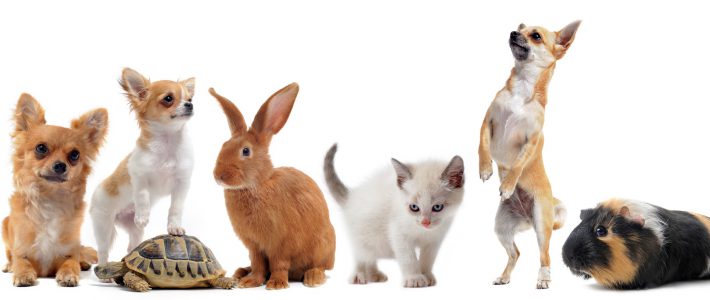As estheticians, buyers and consumers of cosmetics’ products, you’ve probably had the opportunity to see the no animal testing logo. Found on the product packaging, this is usually represented as a rabbit symbol or as a phrase informing us that the cosmetics have not been tested on animals. With increasing rejection of animal testing from the public, products stamped by the precious logos proliferate. But what does cruelty-free really mean? Which certifications are reliable? When a product has no logo on its packaging, does it mean products are tested on animals?
Not Tested on Animals: Official Definition
Cosmetic testing on animals is forbidden in the European Union, in Norway, in Israel and in India [1] [2] [3] [4]. Rules and laws established ban:
- Bringing to the market cosmetics experimented on animals in order to meet rules or legal requirements;
- Bringing to the market market cosmetics formulated with ingredients which were tested on animals;
- The import of cosmetics tested on animals;
- The export of cosmetics in countries where animal experimentation is required.
This definition has been inspired by claims of animal rights organizations such as People for the Ethical Treatment of Animals (PETA) or Coalition for Consumer Information on Cosmetics (CCIC) [5].
No Animal Testing: Health Canada and the Food Drug Administration’s (FDA) Positions
According to current rules written by Health Canada and the FDA, cosmetics companies in Canada and the United States must ensure consumers’ safety. Animal experimentation is not demanded nor prohibited for product development. However companies are encouraged to find alternative evaluation methods [6] [7]. For a company, the only way to mention that none of its products is tested on animals is to have a “no animal testing” logo or phrase on packaging. However, not all certifications are equivalently reliable as the process to obtain the certification can be much more complex in some organizations.
No Animal Testing: Some Reliable Logos in North America
Obtaining these logos can be more or less challenging: the manufacturing of cosmetics must be compliant with the official not tested on animals definition. The famous associations, PETA and CCIC, certify companies which include this into their production processes. Here is how these organizations proceed:
- According to PETA’s website, the association publishes a list of « cruelty-free » companies. To be on this list, the company must fill out a questionnaire and sign a statement of assurance certifying it will not test its products on animals. After submission of these documents to the association, it will be added to the “cruelty-free” list. Then, the firm will receive the certification with the logo [8];
- The « Leaping Bunny » logo acquisition is harder. CCIC needs to be absolutely certain that the company and its distributors do not test products on animals. The same thing is demanded regarding raw materials used. The company has to provide a complete Declarations of Product Compliance along with a Declarations of Raw Material Compliance or submit a purchase order stating by the supplier that the products are not tested on animals. A written commitment from foreign distributors must be obtained and renewed yearly. The company must also be compliant to yearly audits in the product development pipeline [5].
No Animal Testing: Does the Absence of a Logo Mean Testing on Animals is Done?
The absence of a logo on a product does not mean that it was experimented on animals. As such, cosmetics testing on animals is done in some fields only. In the manufacturing of depilatory waxes, animal testing is useless. Formulations are specific to human skin and hair and are developed according to cutaneous resistance, hair structure and density on the body. Reliable results from safety or quality tests are obtained thanks to tests on human subjects.
A trusted logo on a product’s packaging can reassure us that the company which produces it is concerned by animal well-being. But wondering why a product does not have a certification could bring us surprising responses…
Bibliography:
[1] RÈGLEMENT (CE) No 1223/2009 DU PARLEMENT EUROPÉEN ET DU CONSEIL du 30 novembre 2009 relatif aux produits cosmétiques
[4] Ministry of Health and family welfare (Department of Health and family welfare), Notification New Delhi the 21st May, 2014, G.S.R 346 (E)
Sources:
[2] Human society international: http://www.hsi.org/issues/becrueltyfree/facts/infographic/en/
[3] People for ethical treatment of animal: https://www.peta.org/blog/israel-bans-animal-tested-products/
[5] Coalition for Consumer Information on Cosmetics: http://www.leapingbunny.org/about/the-standard
[6] Food and Drug Administration: http://www.fda.gov/Cosmetics/GuidanceRegulation/LawsRegulations/ucm2005209.htm#Assuring_Ingredient_and_Product_Safety
[7] Health Canada: http://laws-lois.justice.gc.ca/fra/reglements/C.R.C.,_ch._869/page-1.html#docCont
[8] People for the Ethical Treatment of Animal: https://www.peta.org/about-peta/learn-about-peta/info-businesses/beauty-without-bunnies-program/




